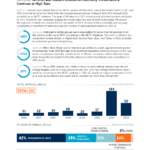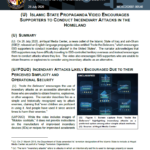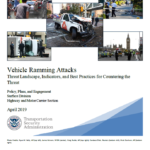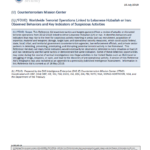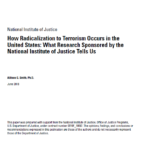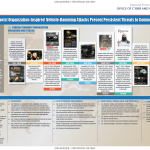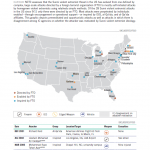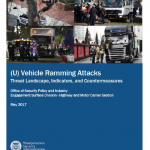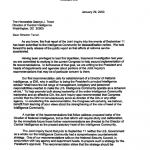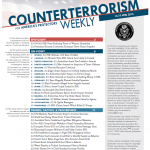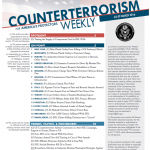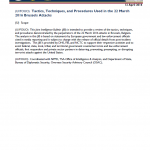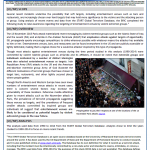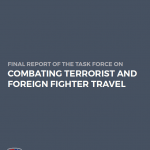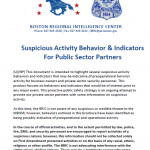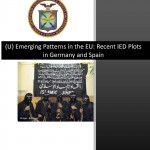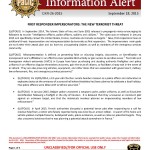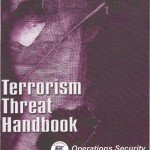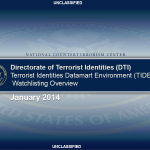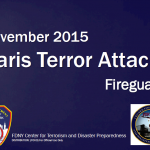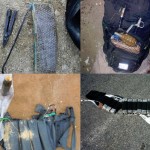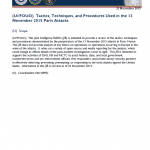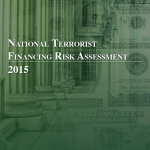
After the September 11, 2001 terrorist attacks, the United States adopted a preventive approach to combating all forms of terrorist activity. Efforts to combat the financing of terrorism (CFT) are a central pillar of this approach. Cutting off financial support to terrorists and terrorist organizations is essential to disrupting their operations and preventing attacks. To that end, the U.S. government has sought to identify and disrupt ongoing terrorist financing (TF) and to prevent future TF. The law enforcement community, including various components of the U.S. Departments of Justice, Homeland Security, and the Treasury, along with the intelligence community and the federal functional regulators, applies robust authorities to identify, investigate, and combat specific TF threats, enforce compliance with applicable laws and regulations, and prosecute supporters in order to deter would-be terrorist financiers. The U.S. Department of the Treasury (Treasury), which leads financial and regulatory CFT efforts for the U.S. government, employs targeted financial sanctions, formulates systemic safeguards, and seeks to increase financial transparency to make accessing the U.S. financial system more difficult and risky for terrorists and their facilitators. All of these efforts involve extensive international engagement to try to prevent any form of TF, particularly financing that does not necessarily originate in the United States, from accessing the U.S. financial system.
Read more →
